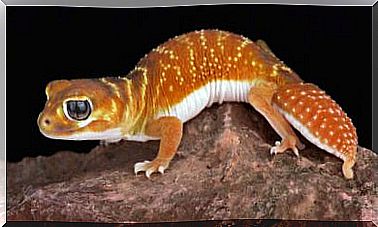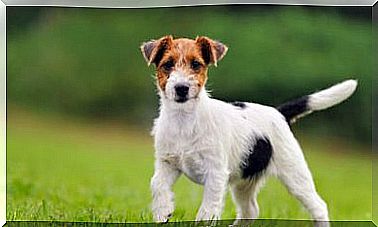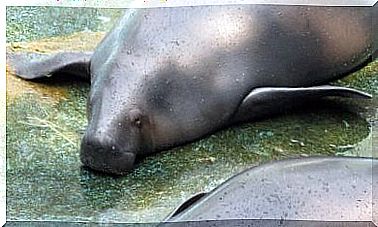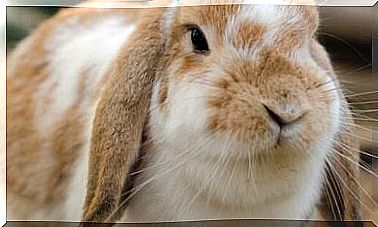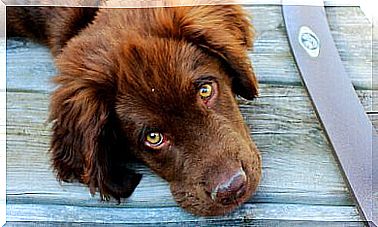Australian Shepherd: Do You Know This Breed?
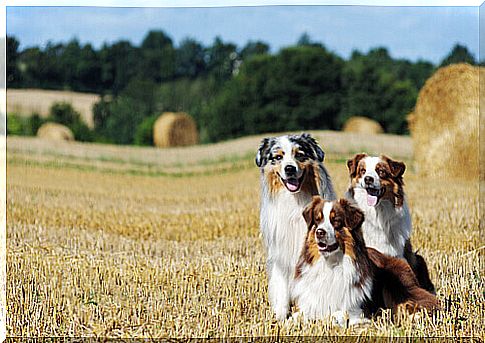
The Australian Shepherd is a breed originated in Asturias and the Basque Country that immigrated to Australia, where it developed. In this article, we’ll tell you all about this dog, used to lead cattle and known for his great intelligence.
Australian Shepherd Story
Although he has that name, the Australian Shepherd is not from Australia. But it is a very good breed for herding. Its origin starts in Spain, passes through the United States and continues in Oceania.
It all starts when, between the 19th and 20th centuries, a group of people migrated from the Iberian Peninsula to the North American west coast. These people took their dogs with them to help with herding work. They later took them to Australia, where they continued to use these animals to drive livestock.
Having the ability to adapt to hot and cold climates without problems and being able to work for a long period of time, the Australian Shepherd was adopted by local residents. The proliferation of the breed did not take long. In most camps, there was an Australian Shepherd.
Physical characteristics
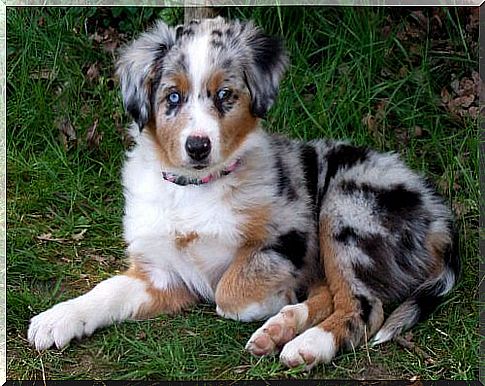
Regarding its appearance, we can highlight that it is a medium-sized dog (weighs up to 30 kg). Your body is solid and broad. White is the most common color on the belly and part of the legs. The body and face are usually black, brown or gray.
Many dogs of this breed have light blue eyes, which earned him the nickname “ghost eye dog”. In some cases, they have an eye of each color or even an iris divided into two tones.
The tail is another distinguishing feature of the Australian Shepherd, which can be short or long. Many owners choose to cut the animal’s tail when it’s long. Fortunately, this practice is less and less accepted.
behavior and personality
He is a dog with a lot of energy, like any other working dog, and he always needs to be busy. The Australian Shepherd excels in agility tests and can spend hours playing with his owner (he likes to catch balls or Frisbees).
In addition to working in herding fields, this breed is used for rescues, searches, detections, as a guide and in the treatment of various types of therapy. And, above all, it is an excellent companion for the family.
The Australian Shepherd needs moderate to intense exercise daily. He has a strong instinct and is very obedient. You just need a straight “no” to make him stop what he’s doing. It is possible that this animal is a little territorial with other dogs.
With people, he is a very kind, affectionate, loyal and grateful dog. It protects your property without any kind of fear, but it’s not much of a bark. It can stay alert all night if necessary and growls when it detects danger.
He learns fast and never gets bored , because when he’s not working or playing, he finds something to do. It is advisable to leave it in places where it can run freely, especially in rural areas.
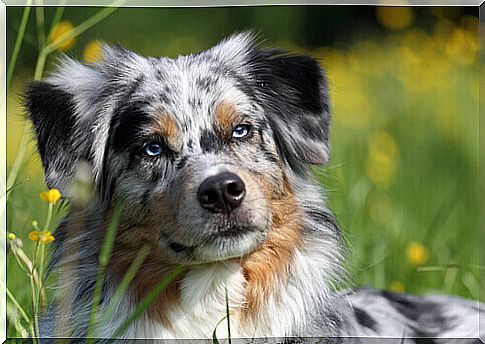
The intelligence of this breed makes it very easy to train it from a puppy. Also, he will always keep his “childish” spirit. Not because it is a destructive dog, but because of its joy and desire to play and have fun. It can be very attached to its owners and follow them wherever they go.
care
Its coat, although thick, is not easy to care for. It needs to be brushed twice a week to get the dead hair out. It’s good to keep in mind that this breed loses a lot of hair, especially at specific times of the year. It is not advisable to bathe it often.
It requires a lot of exercise and it is not good to leave it in small places or isolated outside the house. Loves outdoor activities with the family. Some owners encourage you with brain games.
The Australian Shepherd can suffer from some hereditary diseases. They are hip dysplasia, cataracts, ocular anomalies, nasal dermatitis due to the sun, epilepsy, among others. The crossing of dogs of this breed with very different coats can generate deaf or blind puppies.

